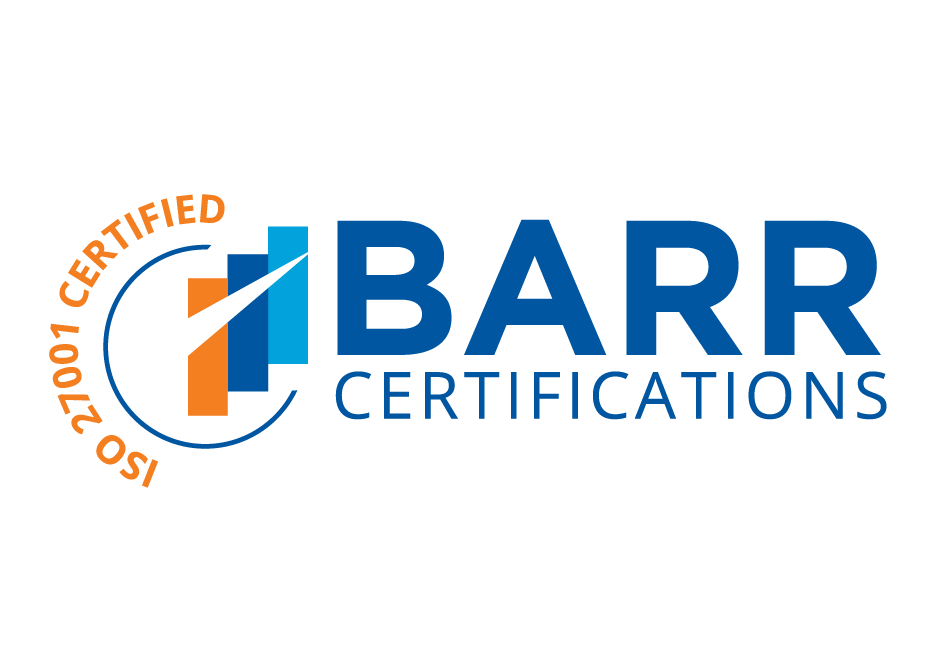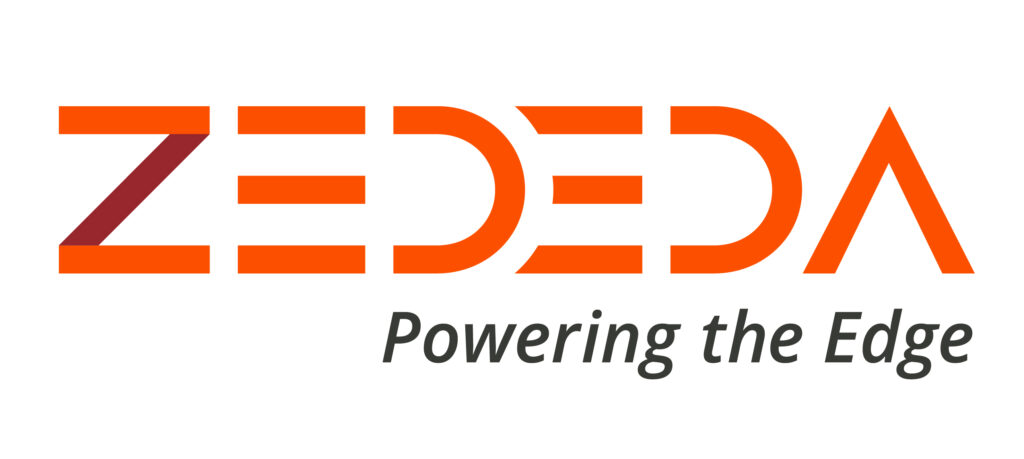Edge Computing Drives Automotive Transformation
The automotive industry is undergoing a rapid transformation, driven by the increasing adoption of electric vehicles, autonomous driving technology, and the need to deliver seamless connectivity and safety features. Mass adoption of electric and autonomous vehicles is transforming the way people travel and how cars are maintained. This is creating a seismic shift in the technology onboard cars as well as the computing infrastructure required to support them.
These new technologies are creating a massive amount of data in the car itself, at dealership locations, and in remote charging stations. This data needs to be processed locally as moving it all to the cloud is expensive, impractical, and requires enormous bandwidth that may not be present at these locations. This data can be managed locally by deploying edge technologies to process data onsite rather than sending to the cloud, enabling real time technologies and reducing overall costs. Automotive manufacturers have unique edge needs that span from independently owned dealerships, manufacturing floors, charging stations, and ultimately into the cars themselves.
Moving to an edge architecture allows real time feedback from these new technologies, unlocking new opportunities for businesses to leverage real-time insights and intelligence, boost efficiency, and drive down costs in an increasingly competitive environment.
A move towards edge computing is already underway in the automotive industry in the areas of manufacturing, dealerships, EV ecosystems, and connected cars (including autonomous driving). Each of these areas have their own unique requirements as well as shared challenges.
Automotive Manufacturing
Managing growing data locally using edge technologies enables real-time insights required for cutting edge technologies like computer vision, predictive maintenance, and AI on the factory floor, creating new revenue streams and improving overall business performance.
While automotive manufacturing can take advantage of computing at the edge to improve business outcomes, it also creates some unique challenges:
- Security: Edge computing in manufacturing requires a unique security paradigm different from traditional data center or cloud security models. Data encryption, authentication, measured boot, and access control are essential tools for protecting edge devices and networks. Learn more about how Zededa handles security. Learn more about how ZEDEDA handles security in this security whitepaper.
- Management: Edge computing, by its very nature is complex, highly distributed, and can scale to thousands of devices in large numbers of physical locations. Automation, orchestration, and standardization are required for management of distributed edge devices to simplify life cycle management of applications. • Data integrity: Meeting regulatory requirements and passing audits to ensure data security, privacy, and governance can be demanding for manufacturing businesses. An edge solution must ensure data integrity and be compliant with local regulations.
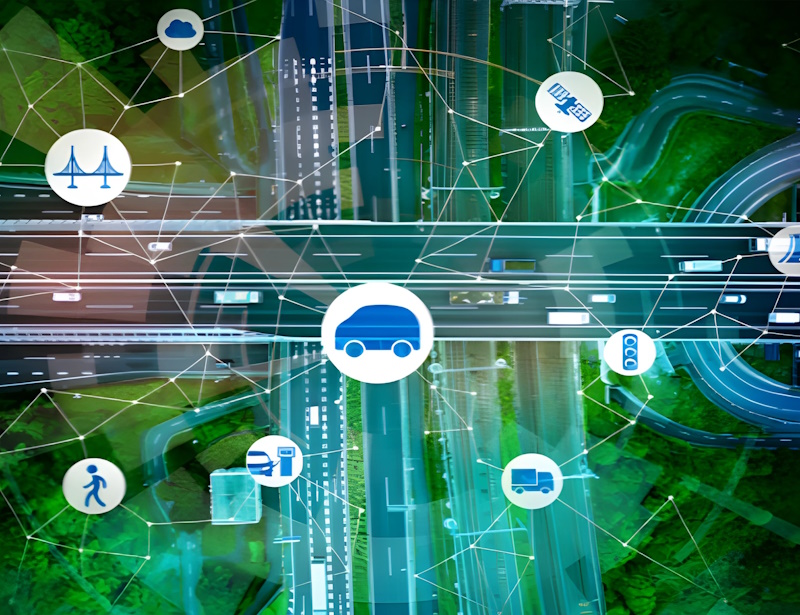
Digital transformation is revolutionizing automotive manufacturing, as companies harness new data at the edge and increase automation to improve optimization and increase competitive advantage.
- Legacy software investments: Many automotive manufacturing systems are based on legacy monolithic embedded systems that must continue to be supported and can’t be abandoned as manufacturers invest in new edge-native applications
- Real time monitoring: businesses need to continuously monitor the status and health of their processes and equipment to ensure smooth operations and timely maintenance without increasing staffing costs or IT management burden.
Automotive Dealerships
Automotive dealerships present another set of challenges due to their physical distributing and unique security requirements. An edge orchestration solution for automotive dealerships must meet the following requirements:
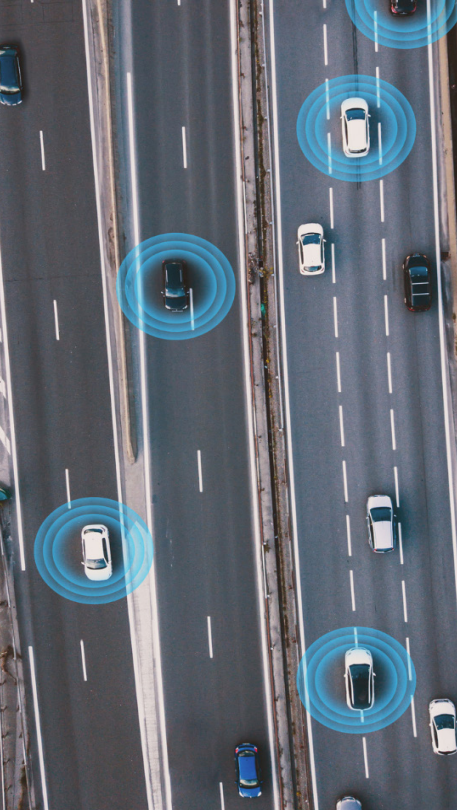
- Vehicle Inventory Management: An edge inventory management solution needs to be scalable to accommodate large numbers of dealerships as well as increasing number of vehicles. It must be flexible and adapt to changes in management processes. It also needs to integrate with other automotive systems, as well as support future technological advances.
- Vehicle Diagnostics and Upgrades: An edge computing solution needs to be able to scale for different volumes of vehicles in service, perform OTA updates for in-bay vehicles, and update or deploy applications used to perform diagnostics.
- Smart Showrooms: The ability to deploy AR/ VR at the edge in showrooms gives dealers the opportunity to engage and delight customers with new technology experiences increasing brand value and revenue opportunities.
- Security, Privacy, and Safety: Each individual dealership is different, both in their physical setup and their networking security. Edge devices are not locked in a server closet so the security provided by an edge orchestration solution is paramount. The diagnostic and update process for vehicles at a dealership contains a lot of proprietary intellectual property, so it must be protected. Security features such as: secure boot, encryption, and authentication are required to prevent unauthorized access and protect proprietary data.
- Energy Management: A robust edge orchestration solution is crucial for implementing edge computing in a comprehensive energy management system. Deployed edge devices need ample computing power and connectivity to collect and process data as well as deploy applications for real time monitoring, control, and automation of energy consuming devices integrating with energy storage and smart grid systems. An overall edge orchestration solution ensures security, scalability, and compatibility with industry standards.
EV Ecosystems
As the popularity and adoption of EVs continues to soar an entire ecosystem is being built to support management and charging of these vehicles. The need for efficient and intelligent charging infrastructure is crucial. Edge computing plays a vital role in meeting these demands, as it enables the deployment of edge devices with sufficient computing power and connectivity at charging stations. These ecosystem have a number of needs that must be addressed in an edge computing solution:
- Device Provisioning and Configuration: Provisioning and configuration of edge devices deployed in a charging infrastructure is a complex endeavor. Device registration, assigning unique identifiers, configuring network settings, and securing connections with backend systems are key requirements that an edge solution must support.
- Monitoring and Diagnostics: To ensure optimal performance and efficiency it is crucial to effectively monitor edge devices. Real time monitoring of charging station availability, power consumption, network connectivity, and potential faults or failures is required as well as diagnostic tools and alerts to identify issues ensuring prompt maintenance and minimal downtime.
- Firmware and Software Updates: Edge devices in charging infrastructure typically require frequent updates to enhance functionality, security, and compatibility. Centralized management and distribution of updates is required to ensure devices are kept up to date with the latest features, patches, and bug fixes to maintain reliability and security.
- Edge Device Configuration Management: An edge solution must allow remote configuration management of devices. The ability to remotely configure settings and parameters for things like charging rates, power limits, user authentication, network connectivity, and back end integrations simplifies administration and ensures consistency across the charging infrastructure.
- Security and Access Control: Robust security measures are required to protect charging infrastructure. Secure authentication, authorization, and access control mechanisms ensure that only authorized personnel can access and manage edge devices. This reduces the risk from unauthorized changes or malicious activities.
- Scalability and Load Balancing: As charging infrastructure expands an ever increasing number of edge devices must be supported. In order to support these devices an edge solution needs mechanisms to manage load across devices, distribute management tasks as well as optimize resource utilization. This helps ensure smooth operation, prevent bottlenecks, and maintain system performance across large deployments.
- Edge to Cloud Integration: Integration with cloud based platforms enables seamless communication, data exchange, and remote management of edge devices from any cloud provider is crucial for an edge orchestration system. This enables centralized monitoring, robust data analytics, and reporting across deployments giving operators insights into the charging infrastructure’s performance, utilization, and efficiency.
- Over the Air (OTA) Updates: OTA capabilities are essential for remotely managing and updating edge devices across the charging infrastructure. Secure and reliable OTA updates for firmware, software, and configuration changes must be supported to ensure devices stay up to date with the latest features, security patches, and performance improvements without the need for onsite resources.
Automotive manufacturers can provide a solid foundation for their edge efforts across their entire organization by leveraging edge orchestration to minimize the complexity and deploy projects

Connected Cars
Connected cars have revolutionized the automotive industry leveraging cutting edge connectivity solutions to enhance safety, improve driving experience, and enable real time communication between vehicles and their surrounding environment. Connected cars are the basis of next generation Vehicle to Everything systems (V2X), Advanced Driver-Assistance Systems (ADAS), autonomous driving, in-car infotainment systems, vehicle cybersecurity, as well as fleet management among many other technologies.
Edge computing is essential to each of these connected car technologies where the following requirements must be met:
- Real-time Operating Systems (RTOS): Automotive edge applications require real-time processing capabilities. An RTOS provides deterministic response times enabling real time decision making and control in safety critical applications like ADAS and autonomous driving.
- Application Lifecycle Management: Applications need the ability to manage data processing and analytics applications to process and analyze large volumes of data from numerous sensors efficiently.
- Diverse Communications Modules: Solutions need the ability to support diverse communications hardware and software. The ability to create, review, update, or delete robust communications modules including 5G, Wi-Fi, Bluetooth, DSRC, or Cellular V2X is required to support seamless V2X communication and enable real time data exchange between vehicles and infrastructure.
- Sensor Communication: The ability to manage the south bound connectivity of a variety of sensors to help ensure data is processed correctly is critical for autonomous driving. This encompasses a wide variety of sensors including LiDAr, cameras, radar, ultrasonic sensors, and GPS that gather data on vehicle surroundings and environmental conditions.
- Efficient Power Management: Automotive edge computing devices need to minimize power consumption and extend battery life, especially in EVs. Solutions need to be able to collect and review relevant device statistics to manage power efficiently.
- Security and Privacy: Encryption, authentication, and a secure boot mechanism is required for any software solution to protect sensitive vehicle data and communications from unauthorized access, tampering, and data breaches.
- Over-the-air (OTA) Updates: Secure, remote OTA updates are required to keep edge devices up to date with the latest features, security patches, and bug fixes ensuring stability and longevity of deployed solutions.
- Scalability and Modularity: Software solutions need to be scalable and modular to accommodate vehicle autonomy, diverse sensor configurations, and varying compute requirements.
Successfully implementing an edge architecture strategy in any of these areas of the automotive industry requires solving the following common issues:
Many organizations have legacy software investments that they cannot leave behind as they invest in new cloud-native applications. But operating these legacy software investments at the edge presents multiple challenges, especially when you want to stay agile, innovative, and outperform your
competitors. Often legacy applications are not purpose-built for the edge and are difficult to scale down to more constrained, distributed edge environments.
Protecting distributed and physically exposed systems and data from cyber and physical threats to ensure secure communication between devices and the cloud is a critical concern.
Many automotive systems are based on legacy monolithic embedded systems that must continue to be supported and can’t be abandoned.
Automotive manufacturers can provide a solid foundation for their edge efforts across their entire organization by leveraging edge orchestration to minimize the complexity and deploy projects across physically distributed locations, securely, and with full visibility. Learn more about how ZEDEDA is architected for simple, secure orchestration for the distributed edge.
Management and Orchestration for the Distributed Edge
ZEDEDA delivers an open, distributed, cloud-native edge management and orchestration solution, simplifying the security and remote management of retail edge infrastructure and applications at scale. ZEDEDA features:
- Zero Limits for edge infrastructure options, guest operating systems, applications, network configurations and clouds.
- Zero Touch for deployments of edge infrastructure and applications, simplifying installation and bringing the experience of the cloud to distributed locations.
- Zero Trust security model addressing the unique, perimeter-less security challenges of edge ZEDEDA is ZEDEDA ensures extensibility and flexibility by utilizing an open partner ecosystem with a robust app marketplace. ZEDEDA allows you to run modern containers and applications side by side with legacy applications on the same edge device.
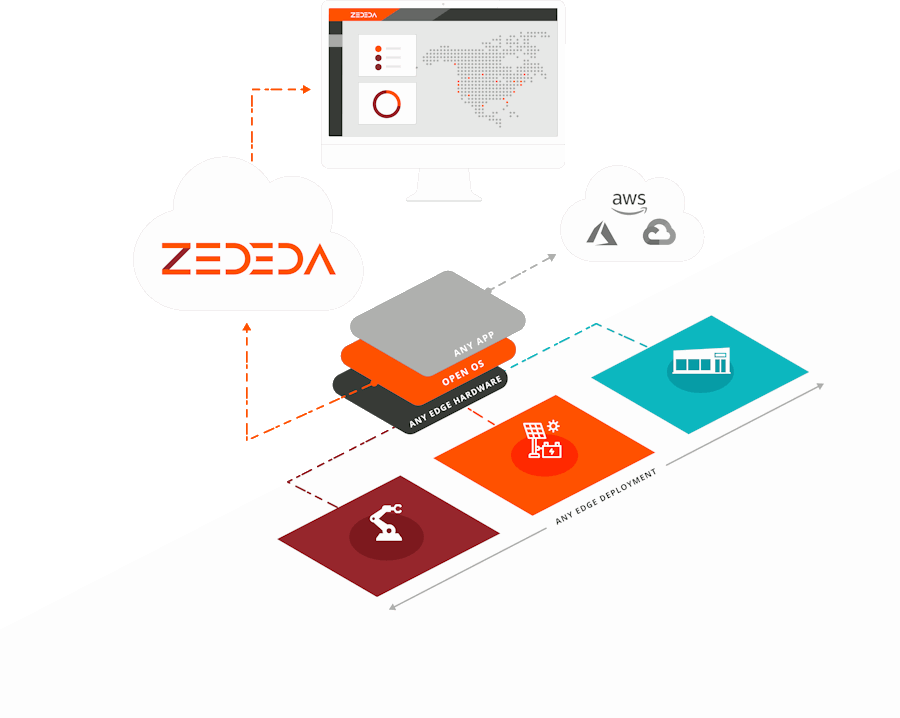
ZEDEDA reduces the cost of managing and orchestrating retail distributed edge infrastructure and applications, while increasing visibility, security and control. This results in increased operational excellence and enhanced customer experience, ultimately improving the bottom line and ensuring manufacturers stand out from the crowd.


